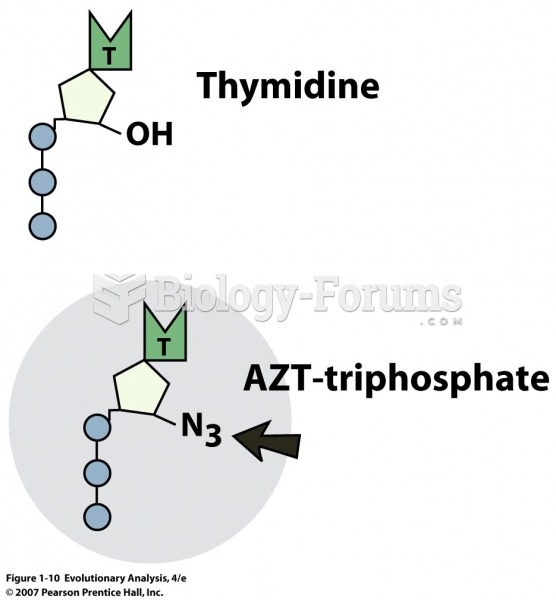Answer to Question 1
Answer: The Type A behavior pattern includes extreme competitiveness, ambition, impatience, hostility, angry outbursts, and sense of eagerness, hurriedness, and time pressure. Several decades ago, researchers found that men who displayed the Type A behavior pattern were more than twice as likely as Type Bs to develop heart disease. Later studies, however, often failed to confirm these outcomes. Type A is actually a mix of behaviors, only one or two of which affect health. Current evidence pinpoints hostility as the toxic ingredient of Type A, since isolating it from global Type A consistently predicts heart disease and other health problems, even after factors that might otherwise account for these outcomessuch as smoking, alcohol consumption, overweight, and life stressorsare controlled. The risks of high blood pressure, atherosclerosis, and stroke are several times greater in adults scoring high on hostility measures than those scoring low. Expressed hostility in particularfrequent angry outbursts; rude, disagreeable behavior; critical and condescending nonverbal cues during social interaction, including glares; and expressions of contempt and disgustpredicts greater cardiovascular arousal, coronary artery plaque buildup, and heart disease. A related feature of the Type A pattern that also predicts heart disease is a socially dominant interactive style, evident in rapid, loud insistent speech and impatiently cutting off and talking over others. As people engage in these behaviors, heart rate, blood pressure, and stress hormones escalate.
Answer to Question 2
Answer: A hardy individual is likely to cope adaptively with stress brought on by the inevitable changes of life. Researchers have identified a set of three personal qualitiescontrol, commitment, and challengethat, together, they call hardiness. Together, the three hardiness attributes motivate people to try their best to turn lifes stressors into opportunities for resilience. First, hardy people regard most experiences as controllable. Second, they display a committed, involved approach to daily activities, finding interest and meaning in almost all of them, even during stressful times. Finally, they view changes as challengesas occasions for learning and self-improvement. Hardiness influences the extent to which people appraise stressful situations as manageable, interesting, and enjoyable. These optimistic appraisals, in turn, predict health-promoting behaviors, tendency to seek social support, reduced physiological arousal to stress, and fewer physical and emotional symptoms. Furthermore, high-hardy individuals are likely to use active, problem-centered coping strategies in situations they can control. In contrast, low-hardy people more often use emotion-centered and avoidant coping strategiesfor example, saying, I wish I could change how I feel, or eating and drinking to distract themselves from the stressful event. Many factors act as stress-resistant resources, including heredity, diet, exercise, social support, and coping strategies. Research on hardiness identifies an additional ingredient: a generally optimistic, determined, zestful approach to life. Some research suggests that experiencing a modest level of adversity can actually be life-enriching, perhaps because it promotes hardiness.







